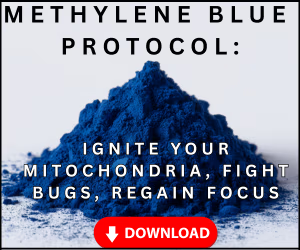Gadolinium is a contrast agent that is used in medical imaging procedures such as MRI (magnetic resonance imaging) to enhance the visibility of internal organs and tissues.
Common side effects of gadolinium contrast agents include:
- Nausea and vomiting
- Headache
- Dizziness
- Skin rashes or itching
- Injection site reactions (pain, swelling, redness)
In rare cases, gadolinium can also cause more serious side effects, such as:
- Nephrogenic systemic fibrosis (NSF), a condition that can lead to thickening and hardening of the skin and connective tissues.
- Allergic reactions (difficulty breathing, hives, itching, swelling)
It is important to inform your doctor if you have a history of kidney problems, as this may increase the risk of NSF. Before undergoing a medical imaging procedure using gadolinium, discuss the potential risks and benefits with your doctor.
Frequently Asked Questions (FAQ)
Gadolinium is used because it has unique magnetic properties that significantly improve the clarity and detail of MRI images, helping radiologists detect tumors, inflammation, or blood vessel abnormalities. The initial formulation was believed to be safe because the gadolinium was "chelated"—bound to other molecules to allow it to pass through the body without reacting. However, evidence now shows that some of this gadolinium can be retained in the brain, bones, and other organs, even in people with healthy kidneys.
While not mentioned in the sidebar, Gadolinium Deposition Disease (GDD) is a term used for a condition where patients develop persistent symptoms following gadolinium exposure, despite having normal kidney function. Symptoms are similar to those in the chart and can include persistent bone and joint pain, thickening or discoloration of the skin, "brain fog" (cloudy mentation), and headaches. The bar chart showing a concentration five times higher than a normal threshold suggests the kind of toxic burden associated with such conditions.
It's crucial to have an informed discussion with your doctor. Ask if the contrast is absolutely necessary for your diagnosis. If it is, inquire if a "macrocyclic" gadolinium agent can be used, as these are more stable and associated with lower retention rates than older "linear" agents. Ensure your kidney function is tested beforehand, and discuss your concerns about gadolinium retention. After the scan, staying well-hydrated may help your body eliminate the contrast more effectively.








